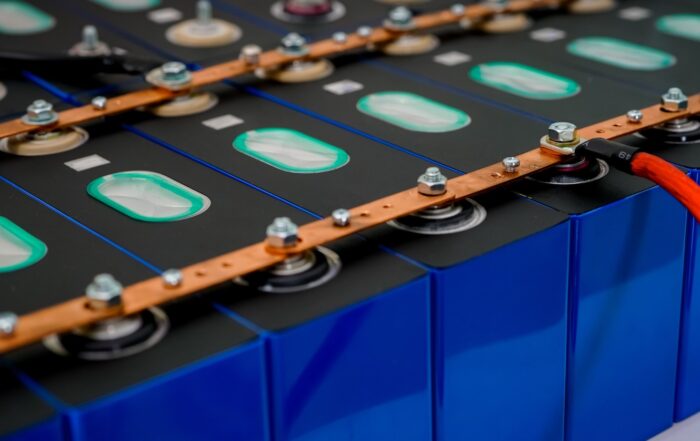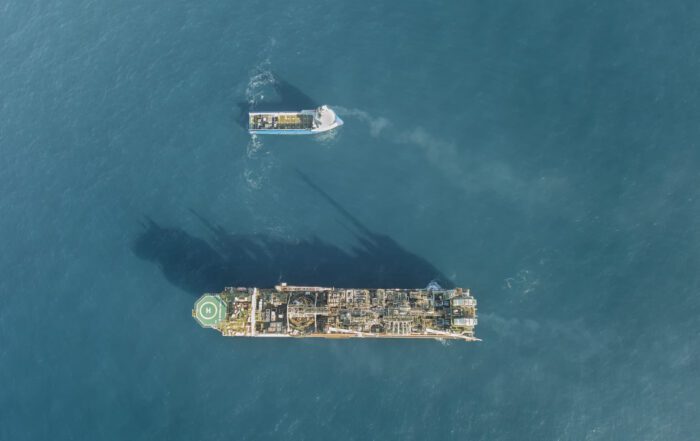Production and Operations expect reliable assets that perform with confidence and flawlessly. Maintenance and inspection interventions to prevent failures are unwanted necessities. Repairs are even more disruptive but Production and Operations understand the importance and inevitability of maintenance and inspection. They are also part of the reasons why assets fail.
Our consultants know how to change this for you with an asset reliability management program. We achieve significant improvements by the application of Risk-Based Maintenance (RBM) and Reliability Centered Maintenance (RCM). This is combined with technology to monitor and predict critical Asset Health. Our experts also involve and inform Operators on how they can and must contribute to avoid unscheduled and unnecessary breakdowns.
Improve your asset reliability
Contact us to find out more.
How We Help
RCA and RCM for reliable assets
Root Cause Analysis
Reliability Centered Maintenance
Reliable Assets with Reliability Centered Maintenance
It could be that your assets are working, unplanned downtime is acceptable, but you know that asset performance can be optimized, and should be optimized to reach business targets. In this case, you would want to establish a Reliability Centered Maintenance (RCM) strategy. This proven method is already many years old but the access to new, relatively cheap and better technology have given RCM a second life.
The biggest benefit of a RCM program is cost reduction through efficient maintenance methods, which are endorsed through EAM and APM solutions and access to OT data. Companies that successfully implement RCM see reduced maintenance and resource costs as well as increases equipment availability. Because criticality is determined through FMEA, a greater understanding of risk levels and consequences are established and limited resources can then be focused on assets that if failed, would cause the most disruption.
Meet the Organizations Already Boosting Their Performance with MaxGrip
27%
Annual increase in production
10 - 15%
Decrease of manpower
Get inspired
Cenosco and MaxGrip announce a strategic partnership to enhance asset integrity management, combining Cenosco's software expertise with MaxGrip's consultancy in Asset Performance Management, aiming to optimize operations and improve client outcomes.
The fishbone diagram is a common tool to identify or prevent a particular event, download a template.
The first steps for implementing a risk based inspection program. Discover what types of data to collect and how to go about calculating risk.








